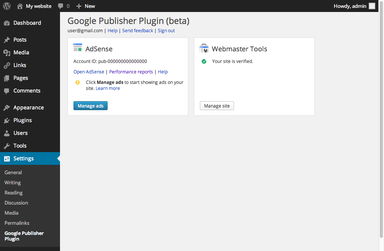Sadsense: A Comprehensive Overview
Have you ever wondered what sadsense is and how it works? In this detailed article, we will delve into the various aspects of sadsense, providing you with a comprehensive understanding of this intriguing concept. From its origins to its applications, we will explore everything you need to know about sadsense.
What is Sadsense?

Sadsense is a term that combines “sad” and “sensory,” indicating a unique approach to experiencing and interpreting sensory information. It is often associated with the concept of emotional intelligence, where individuals are able to recognize and understand their own emotions as well as those of others.
Origins of Sadsense

The concept of sadsense can be traced back to the early 2000s, when researchers began to explore the relationship between emotions and sensory experiences. This field of study, known as affective neuroscience, has since gained significant attention, leading to the development of sadsense as a way to enhance emotional awareness and empathy.
How Sadsense Works

Sadsense operates by integrating emotional and sensory information, allowing individuals to connect their feelings with their physical experiences. This process involves several key components:
-
Emotional Recognition: The ability to identify and label emotions, both in oneself and others.
-
Sensory Awareness: The capacity to pay attention to and interpret sensory information, such as touch, sound, and taste.
-
Emotional Regulation: The skill of managing and adjusting one’s emotional responses to various situations.
By combining these elements, sadsense enables individuals to gain a deeper understanding of their emotions and how they influence their sensory experiences.
Applications of Sadsense
Sadsense has a wide range of applications across various fields, including psychology, education, and healthcare. Here are some notable examples:
-
Psychology: Sadsense can be used to help individuals with emotional disorders, such as depression and anxiety, by improving their emotional recognition and regulation skills.
-
Education: Teachers can incorporate sadsense techniques into their classrooms to enhance students’ emotional intelligence and promote a more empathetic learning environment.
-
Healthcare: Sadsense can be utilized in therapy sessions to help patients with chronic pain or other sensory-related conditions by improving their emotional coping mechanisms.
Benefits of Sadsense
Adopting sadsense can offer numerous benefits, including:
-
Improved Emotional Intelligence: Enhanced ability to recognize, understand, and manage emotions.
-
Increased Empathy: Greater capacity to understand and share the feelings of others.
-
Enhanced Communication: Improved ability to express and interpret emotions in social interactions.
-
Stress Reduction: Enhanced emotional regulation can lead to a more relaxed and balanced state of mind.
How to Develop Sadsense
Developing sadsense requires practice and mindfulness. Here are some tips to help you get started:
-
Practice Mindfulness: Pay attention to your emotions and sensory experiences in daily life.
-
Emotional Journaling: Write down your emotions and thoughts to gain a better understanding of them.
-
Emotional Regulation Techniques: Learn and practice various techniques to manage your emotions effectively.
-
Seek Professional Help: If you’re struggling with emotional issues, consider seeking guidance from a mental health professional.
Conclusion
Sadsense is a fascinating concept that combines emotions and sensory experiences to enhance emotional intelligence and empathy. By developing sadsense, individuals can improve their emotional well-being and build stronger relationships with others. So, why not give it a try and see how it can transform your life?
| Component | Description |
|---|---|
| Emotional Recognition | The ability to identify and label emotions, both in oneself and others. |
| Sensory Awareness |
function pinIt()
{
var e = document.createElement('script');
e.setAttribute('type','text/javascript');
e.setAttribute('charset','UTF-8');
e.setAttribute('src','https://assets.pinterest.com/js/pinmarklet.js?r='+Math.random()*99999999);
document.body.appendChild(e);
}
|
